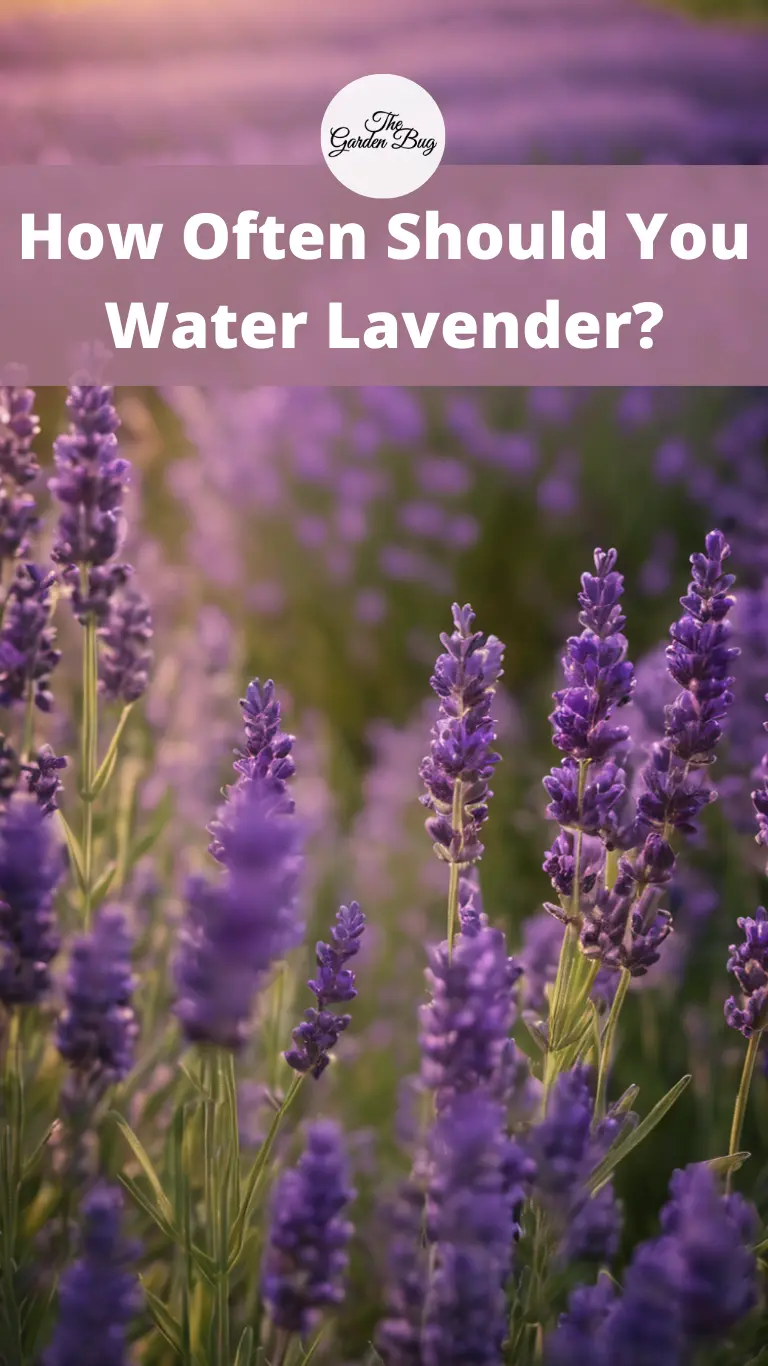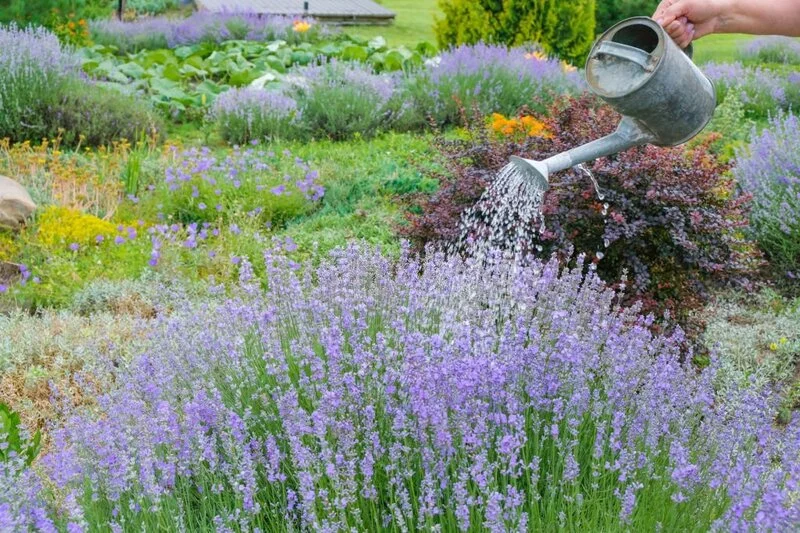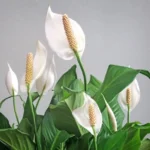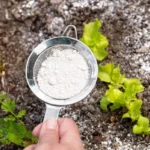Lavender, with its enchanting aroma and beautiful purple blossoms, has a special place in many gardens and homes. Not only does this plant add a touch of vibrant color, but it also brings along a delightful scent that has calming properties. However, lavender has certain care needs, and understanding them is vital to maintain a healthy, blooming plant. A crucial part of this care routine revolves around watering. So, how often should you water lavender? Stick with us to find the answer!
- Attracts pollinators and great for drying & crafts
- Garden use: herb gardens, containers, vegetable & flower beds
- Culinary use: baking, teas, sugars, jellies, paired with berries or citrus
- Plant in full sun for the best yields
- Plant after last spring frost
Understanding Lavender’s Water Needs
Lavender plants originate from the Mediterranean region, a place known for its hot, sunny weather and well-draining soil. This background gives lavender its unique watering requirements. Unlike many other plants that prefer regular watering, lavender does best when it’s slightly on the dry side. Yes, you read that right! Lavender plants don’t like to have “wet feet”. Instead, they thrive in conditions where the soil has time to dry out between watering.
The plant’s root system is designed to search for water deep within the soil, making it more drought-tolerant than many other plants. In fact, too much water can be harmful to your lavender, leading to problems like root rot and fungal diseases. Understanding this aspect of lavender’s natural growth habit will help you provide the best care for your plant. So, remember, when it comes to watering lavender, less is often more.
Signs Your Lavender Needs Watering
So, how can you tell if your lavender plant is thirsty? Despite its preference for drier conditions, lavender will still show specific signs when it needs water. Look out for wilting leaves as this could be the plant’s cry for hydration. Wilting occurs when the plant doesn’t have enough water to support its structure, causing the leaves to droop. A thirsty lavender may also exhibit a change in leaf color, shifting from vibrant green to a dull, off-green shade.
However, be careful not to confuse underwatering with overwatering, as overwatered lavenders can also show similar symptoms. The key difference is in the soil: if it’s wet and the plant shows these signs, it might be overwatered. But if the soil is dry, your lavender is most likely craving a good soak.
How Often to Water Lavender: A Practical Guide
Now that you know what to look out for, let’s address the big question: How often should you water your lavender? As a general rule of thumb, watering your lavender once every one to two weeks should suffice. However, this can change depending on factors like the weather, the soil type, and the size of the plant.
In hotter and drier climates, you might need to water your lavender more frequently, while in cooler, damp climates, you might water it less. The soil’s drainage capacity also plays a big role: well-draining soil requires more frequent watering than clayey or dense soil.
- 100% NATURAL: Custom blend for Lavender plants container growing; no artificial ingredients
- USES: Specially formulated for growing healthy lavender plants; indoor / outdoor container gardening
- Benefits: Aeration, drainage, water retention, added nutrients, nutrient retention, & much more
- Ingredients: Peat moss, perlite, horticultural charcoal, pumice, sand, worm castings, and lime
- Size: 8 quarts (enough for a big 12-inch pot)
For mature lavender plants, aim for a deep watering that reaches the deep root system, then let the soil dry out before watering again. Younger plants might need more frequent watering until they establish their root system.
In essence, watering lavender is about striking a balance. It might take a little practice to get it right, but with time, you’ll become an expert lavender carer!
Tips for Watering Lavender
Watering lavender plants isn’t too tricky, but here are some handy tips that can make the process even smoother:
- Water in the morning: This gives the plant a good start to the day and allows excess water to evaporate before nightfall, reducing the risk of fungal diseases.
- Water at the base: Try to keep water off the leaves and flowers, as this can promote disease. Aim your watering can or hose at the base of the plant.
- Adjust with the seasons: During the growing season (spring and summer), your lavender might need more water. But in the dormant season (fall and winter), it needs less. Always check the soil before watering.
Conclusion
Lavenders are beautiful, fragrant, and surprisingly easy to care for once you understand their needs. Remember that lavenders hail from the Mediterranean, so they’re used to hot, dry climates and well-draining soil. These conditions guide their watering needs. With a little bit of care and attention, your lavender plants can thrive, providing you with gorgeous blooms and that distinct, soothing lavender scent.






